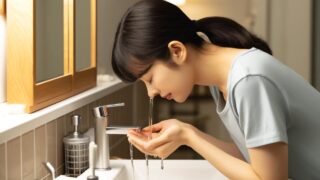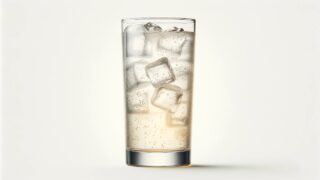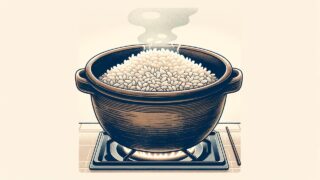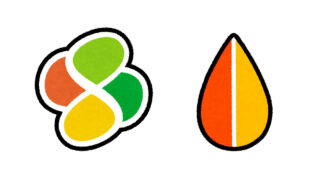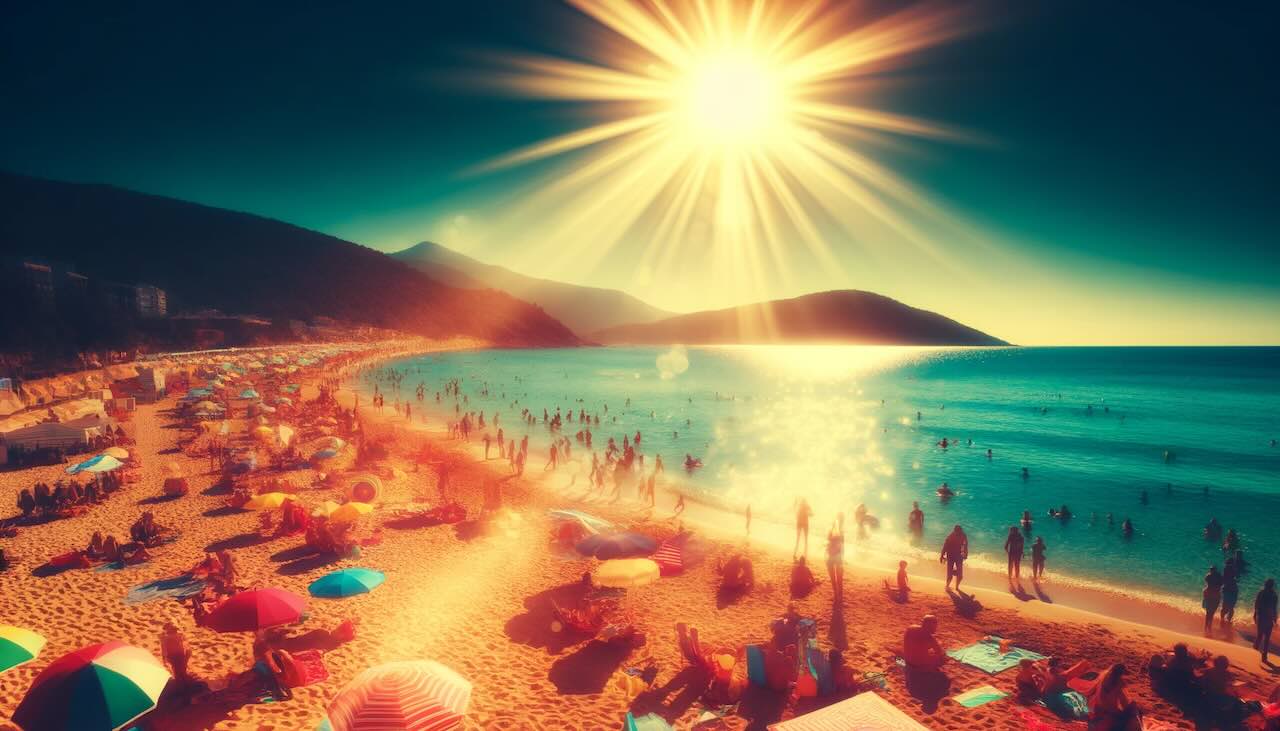Understanding UV Radiation
UV radiation is a measure of the intensity of ultraviolet rays that reach the Earth’s surface from the sun. UV rays are divided into three categories based on their wavelength: UVA, UVB, and UVC. However, only UVA and UVB rays penetrate the Earth’s atmosphere. UVB rays, in particular, are known to cause sunburns and skin cancer.
Peak UV Radiation in Japan
In Japan, UV radiation typically reaches its peak between July and August. According to a survey conducted by the Ministry of the Environment, UV radiation levels in Tokyo are highest from mid-July to early August. During this period, the maximum daily UV index can reach levels of 8 to 10 around midday.
However, there are slight variations depending on the region. For example, in Okinawa, the peak occurs between May and June, while in Hokkaido, it occurs from late July to early August. These differences are due to variations in latitude, which affect the duration of sunlight.
Months with Low and High UV Radiation
UV radiation is at its lowest during the winter months, particularly from December to January. During this time, UV levels can drop to about one-fifth of those experienced in the summer. This is primarily due to the lower solar elevation and shorter daylight hours.
Conversely, UV radiation is high from spring through summer and into early autumn, especially from April to September. UV levels remain consistently high from May to August. This increase in UV radiation is attributed to the higher solar elevation and longer daylight hours during these months.
The Importance of UV Protection
UV radiation not only causes skin problems like dark spots, wrinkles, and sunburns but also increases the risk of skin cancer. Adequate protection is crucial, especially during periods of high UV radiation.
Effective measures include limiting outdoor activities during midday hours, using parasols or hats to protect the skin, wearing clothing with UV protection, and applying sunscreen. It’s important to note that even during the winter months, when UV radiation is low, snow reflection can increase UV levels, so caution is still necessary.
Conclusion
In Japan, UV radiation reaches its peak between July and August, with slight regional variations. UV levels are lowest during the winter months, from December to January, and highest from spring through summer and into early autumn, particularly from May to August. To maintain healthy skin, it’s essential to take appropriate UV protection measures, such as using parasols, wearing UV-protective clothing, and applying sunscreen, especially during periods of high UV radiation.
